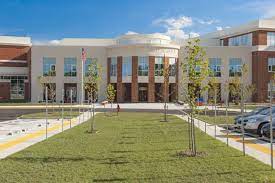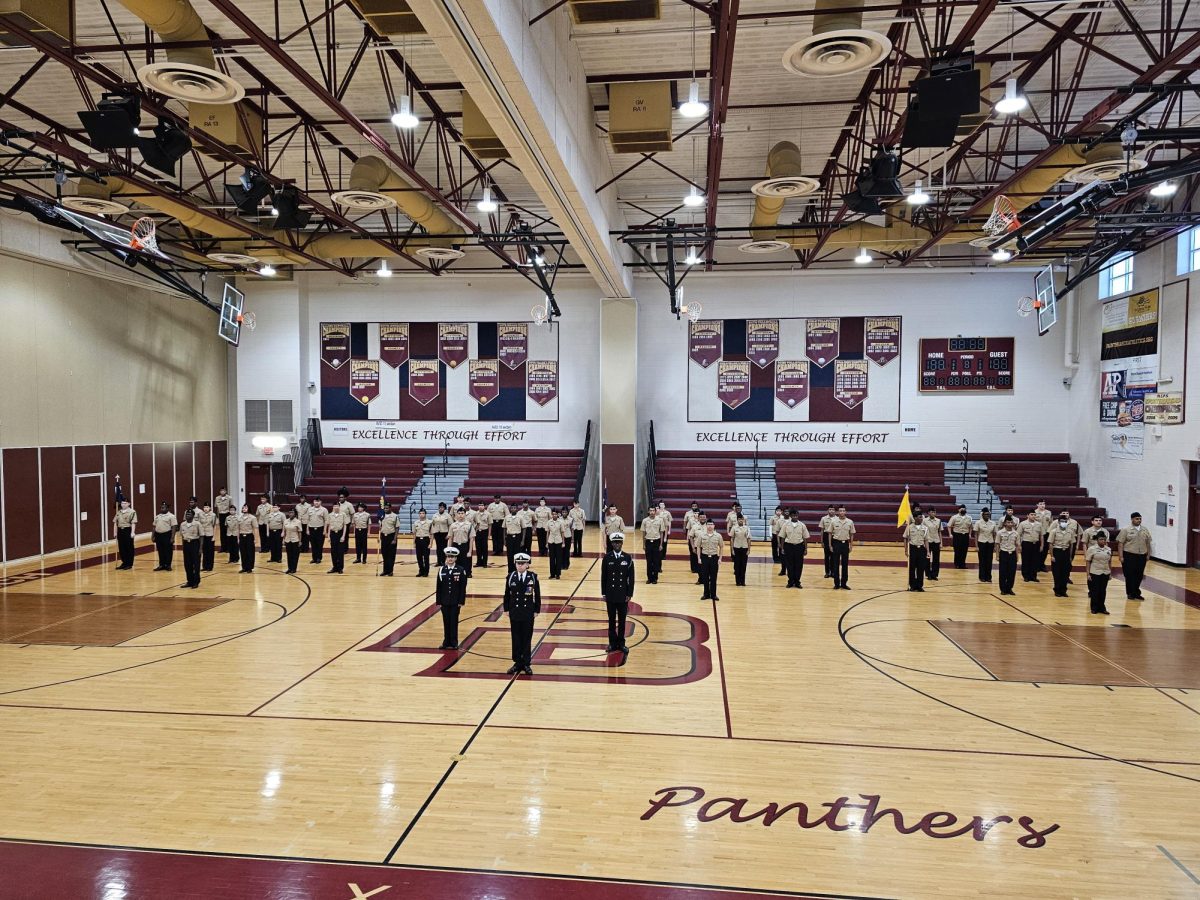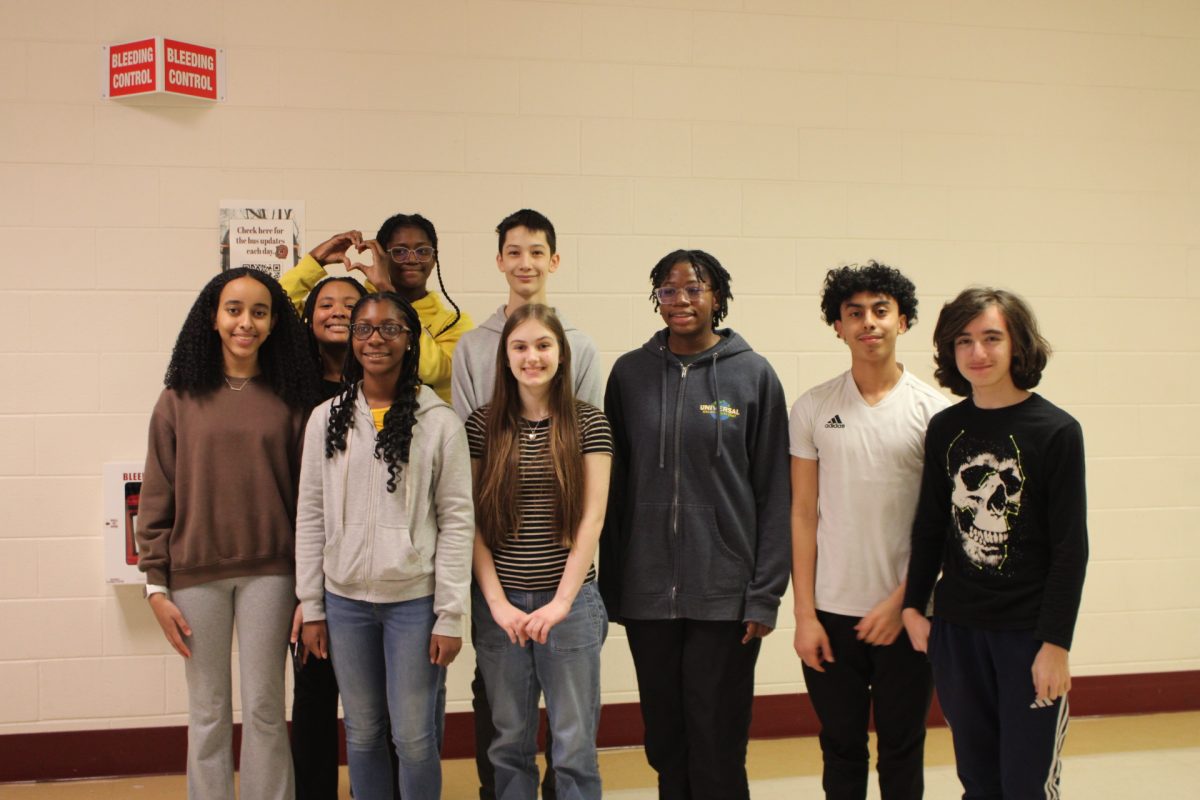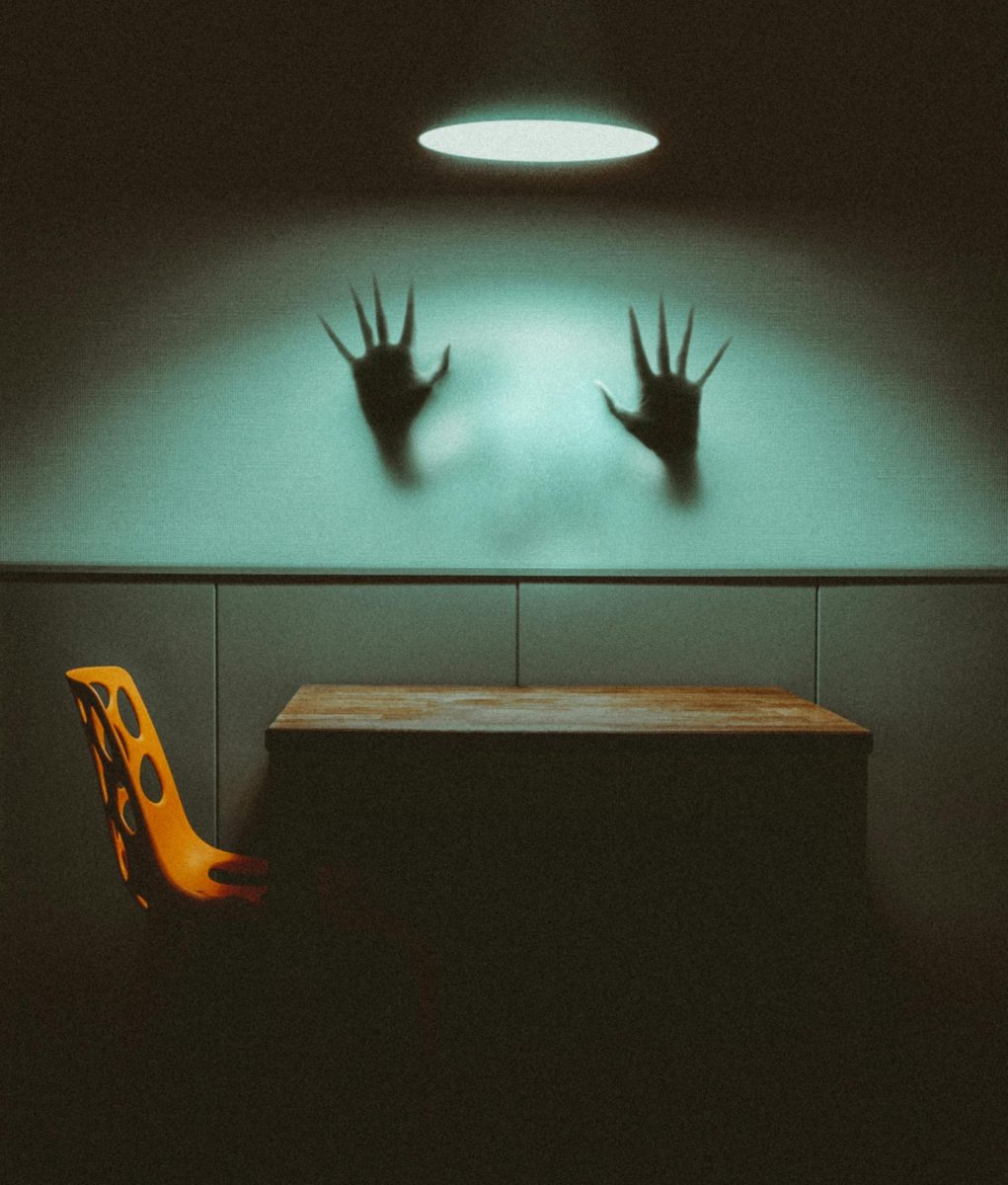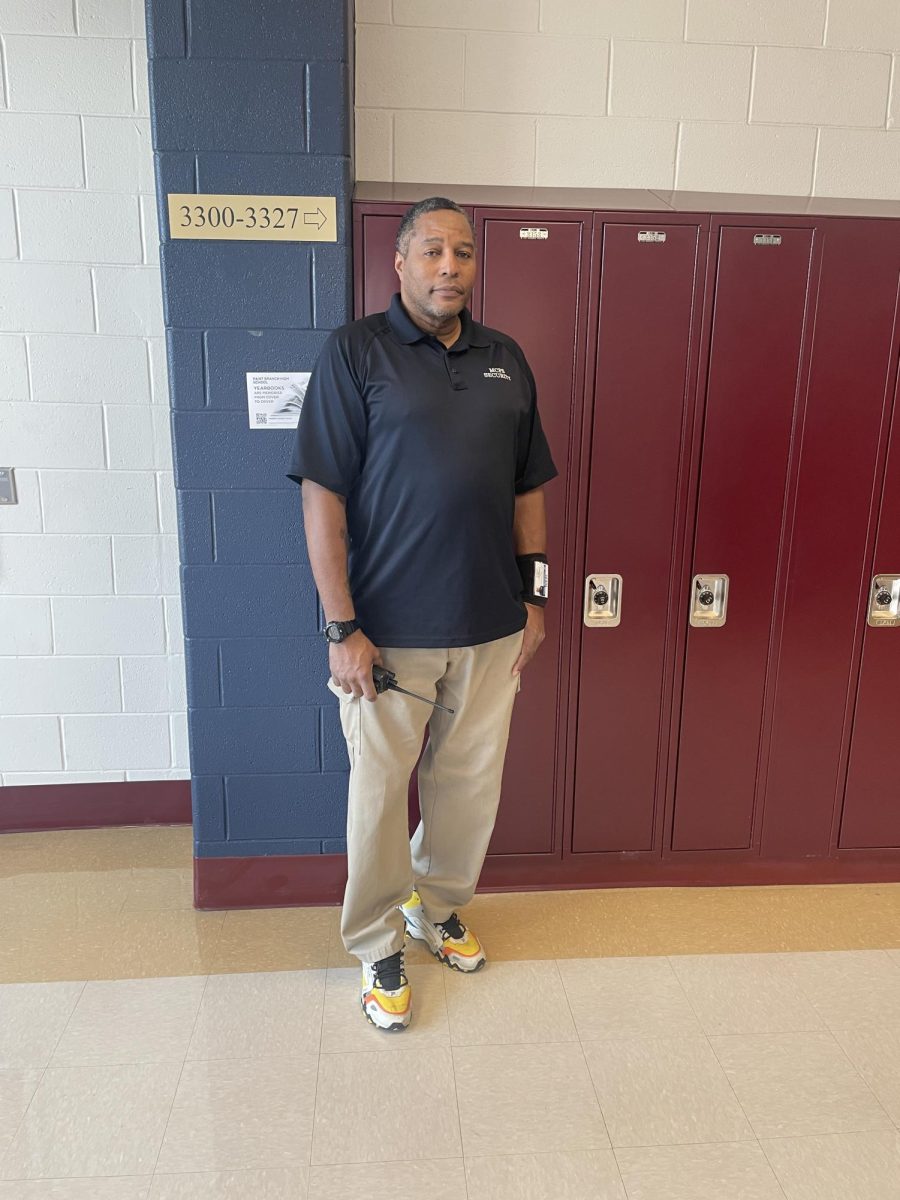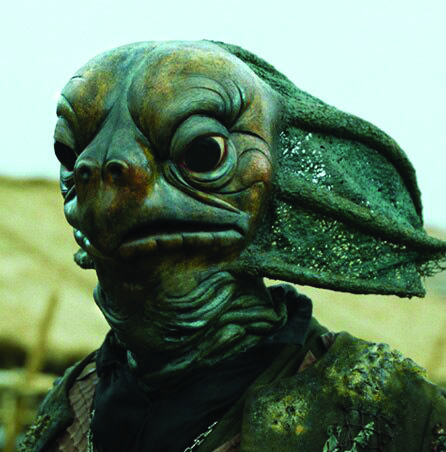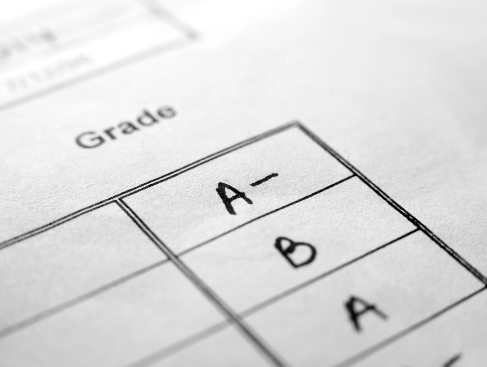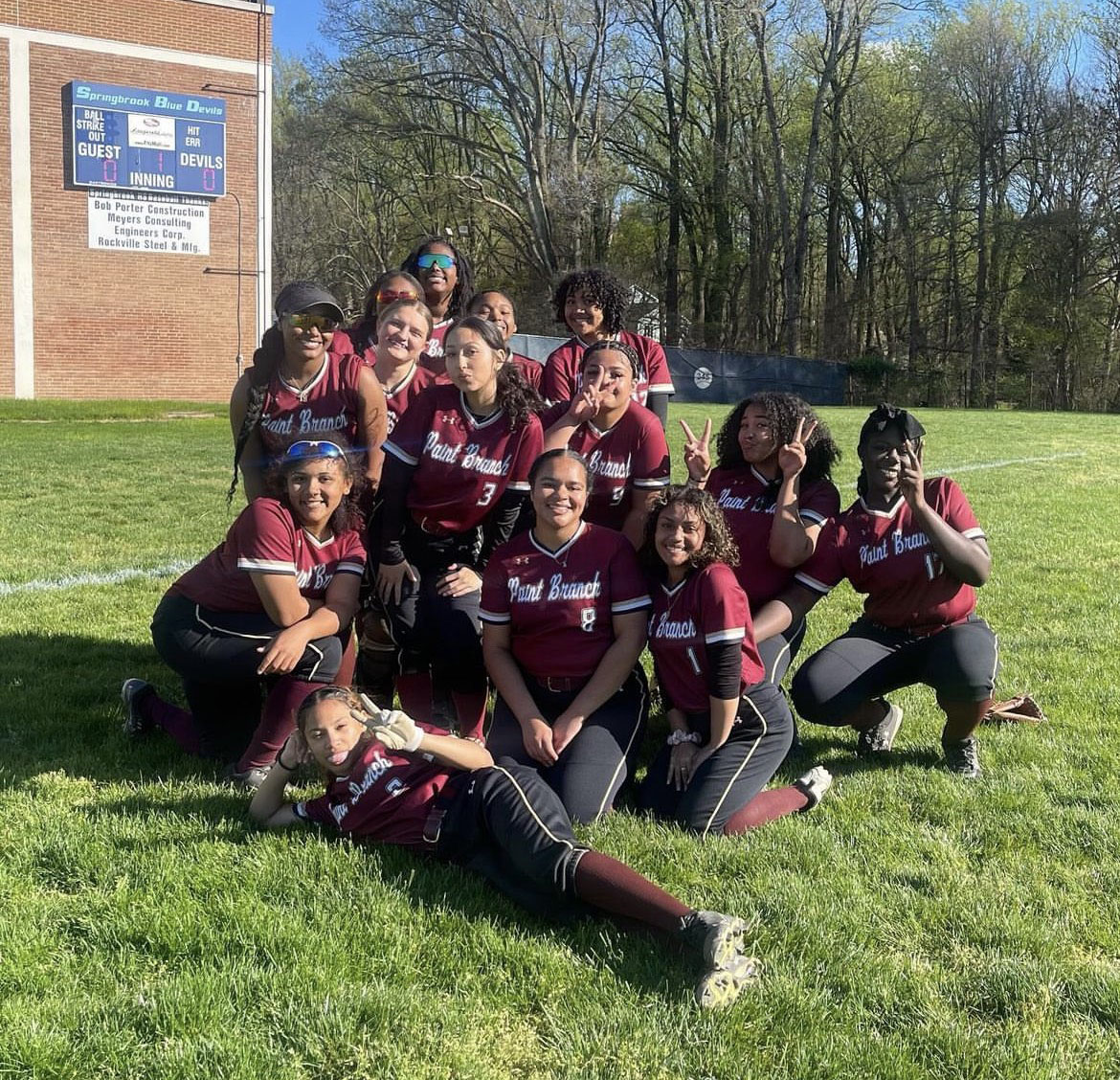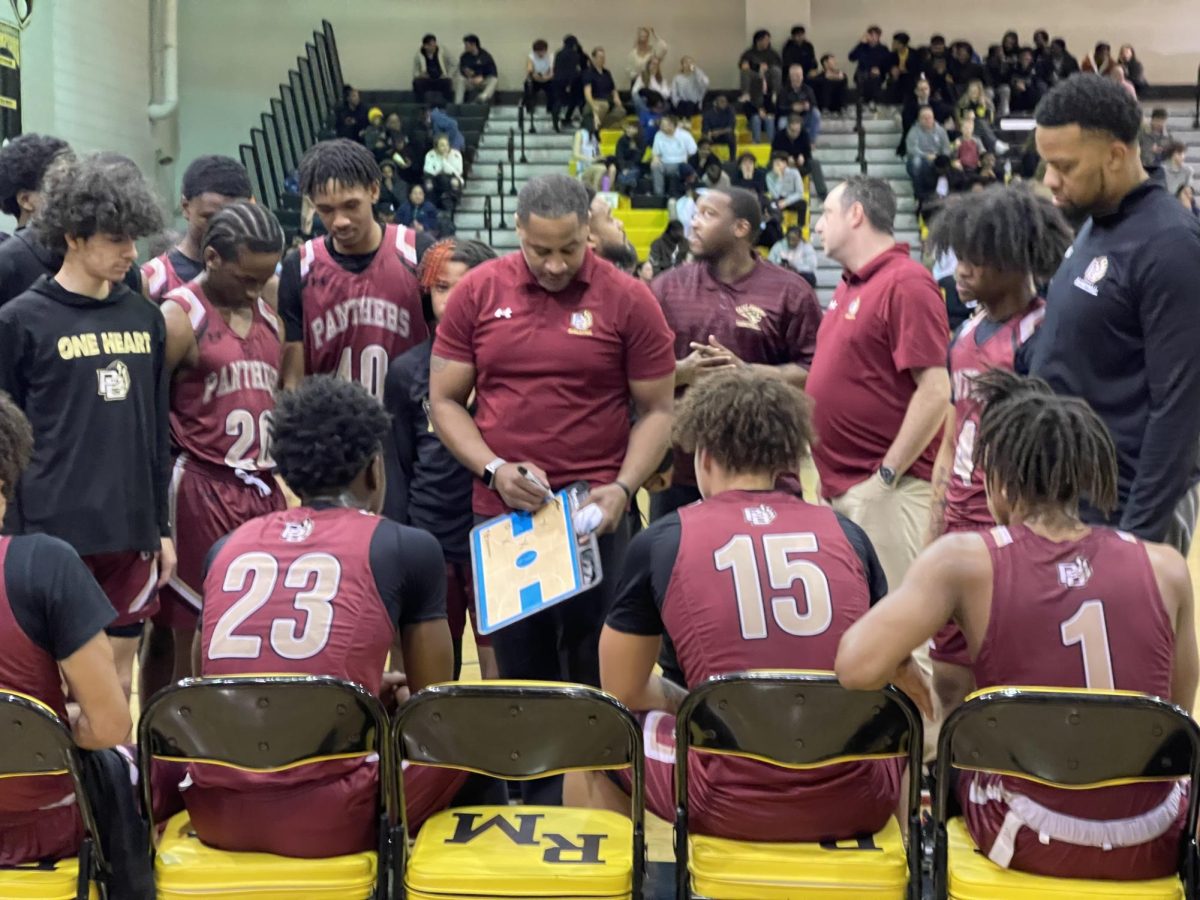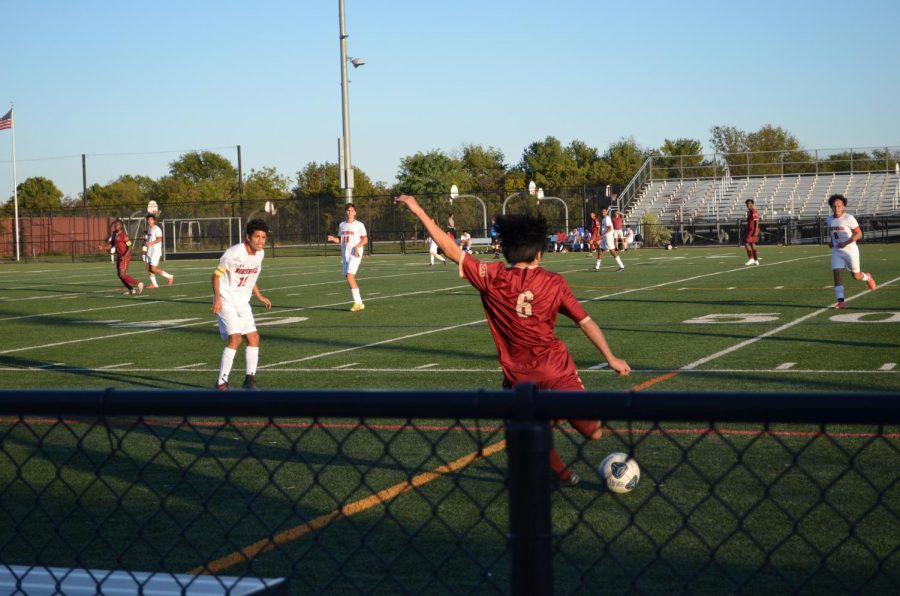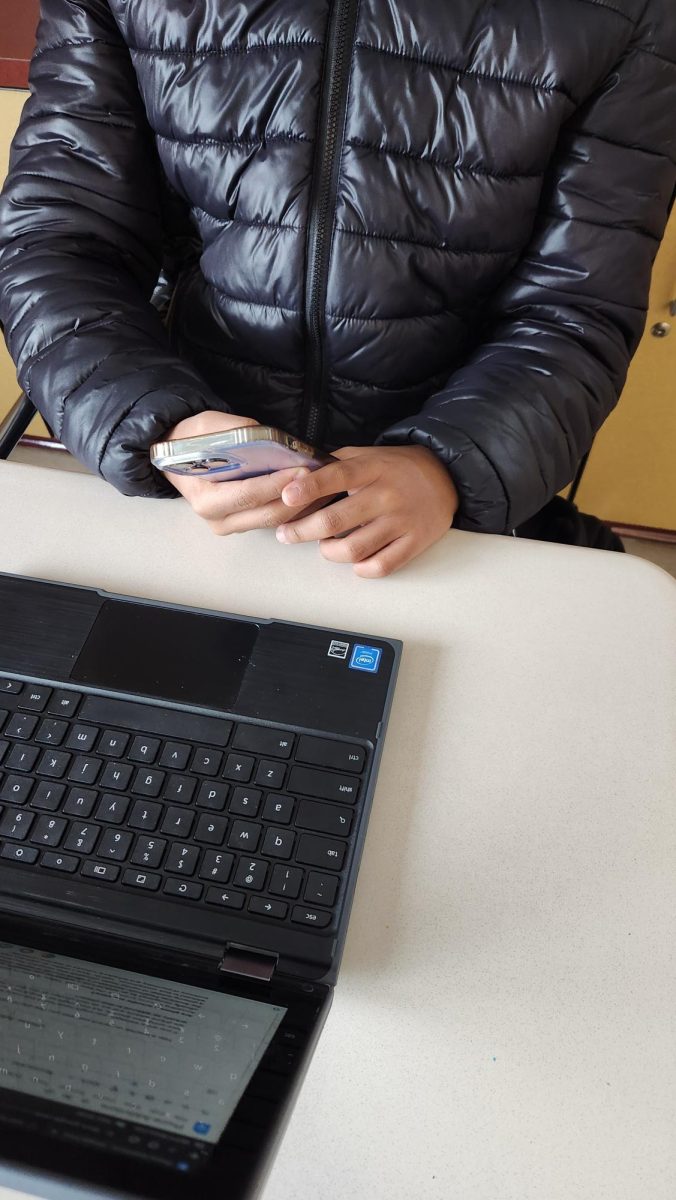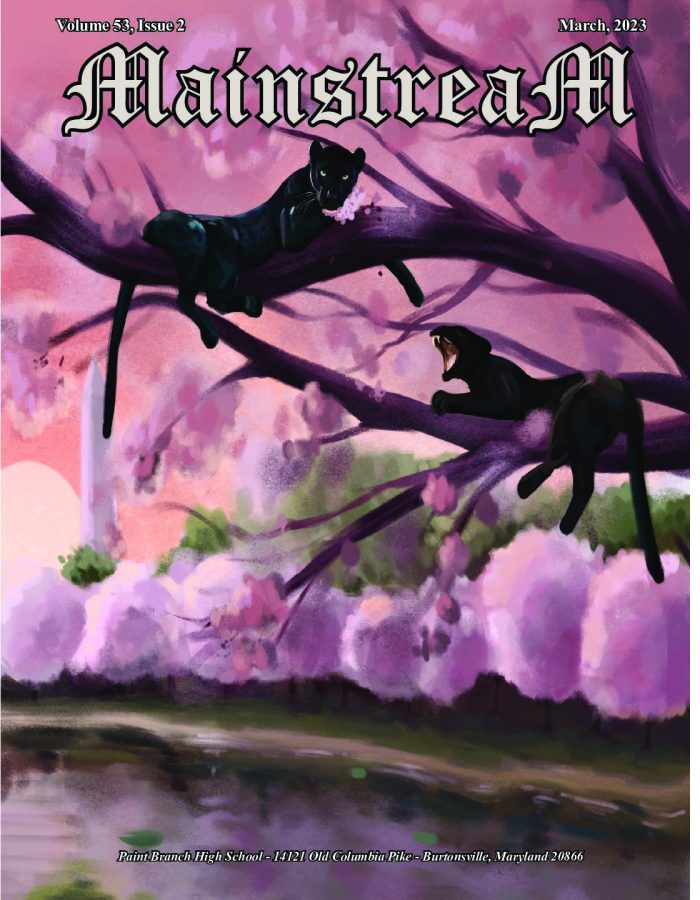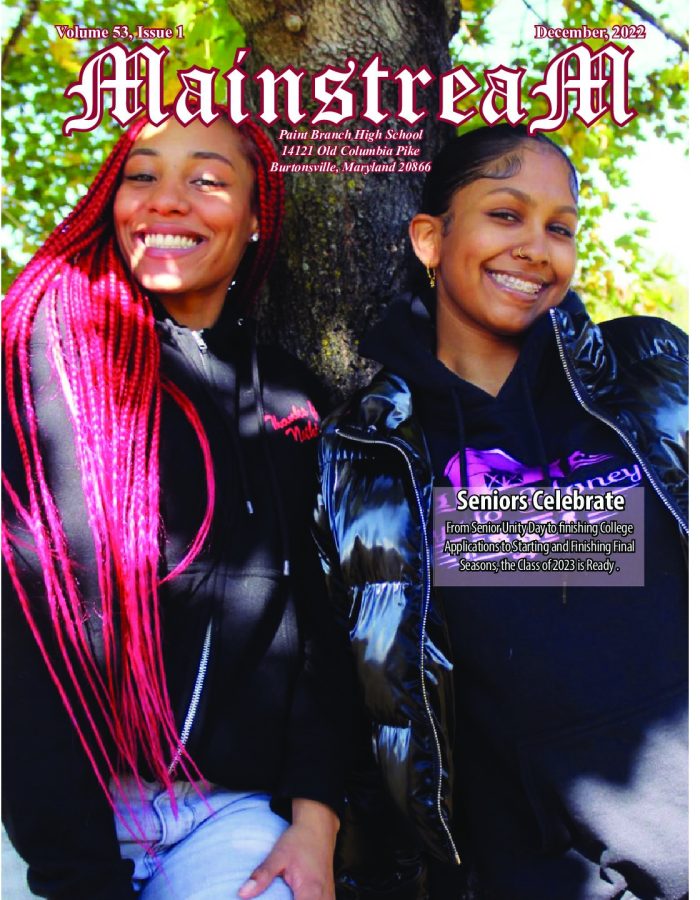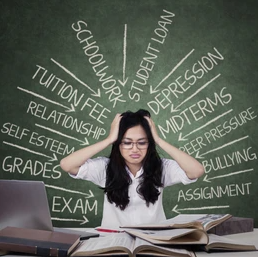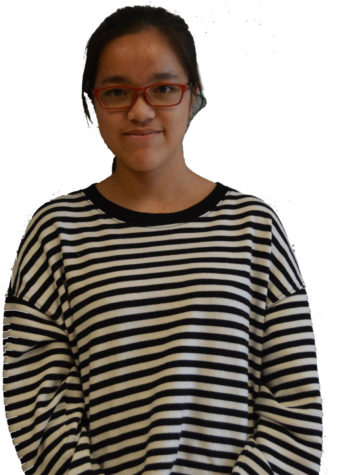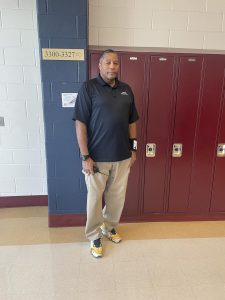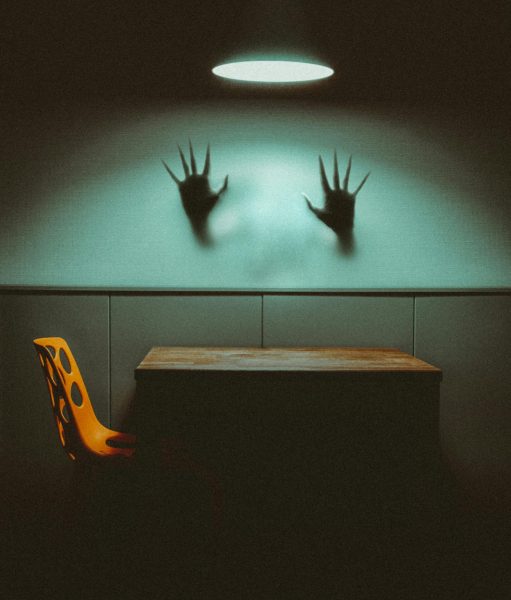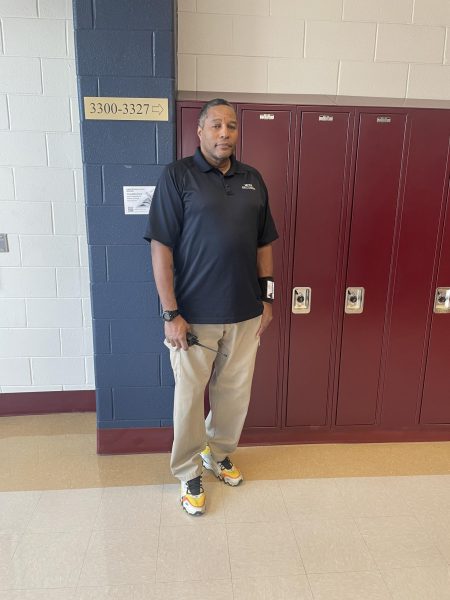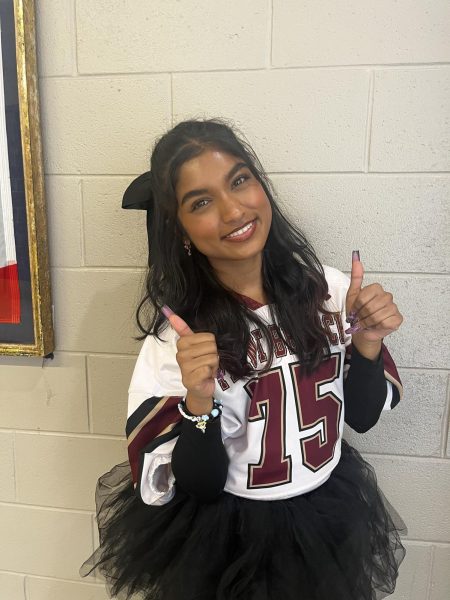Seeking a Middle Ground Conflict Resolution Team Aims to Keep the Calm
April 11, 2019
Every Tuesday, Paint Branch students have access to a team of trained mediators who help to facilitate civil conversations among staff and students to resolve conflicts.
The Conflict Resolution Team rotates between high schools in Montgomery County every week, sometimes meeting at the same school multiple times a week if circumstances call for it to reconvene. Yet not all students who need this opportunity take advantage of it, according to Education Mediation Specialist Emily Carson.
The Conflict Resolution Team is a part of the Conflict Resolution Center of Montgomery County (CRCMC) and has been around for more than five years. The team consists of a highly-trained staff of high school and college graduates and specialists, such as Ms. Carson and her co-worker, Education Mediation Specialist Deeva Khatiwada.
Mediation is “very helpful” at alleviating and defusing conflicts, according to Mrs. Felicia Kimmel, a Guidance Counselor at Paint Branch High School. “Having someone who can actually facilitate a conversation minimizes defensiveness [so that] both parties get to feel heard. I think it’s also good [as a model] for kids to see, ‘If I communicate this way, I can solve this [conflict] without verbally fighting or physically fighting,’” she says.
“We have a couple of overarching goals, which are…to enforce restorative justice practices, reduce suspensions, increase attendance, and to prevent a school to prison pipeline,” says Ms. Carson.
Students can contact the Conflict Resolution Team directly through Ms. Khatiwada or Ms. Carson’s emails or fill out a Referral Form available in the school counseling office, which the team will review when it comes to Paint Branch. School counselors can also connect students to the team. In cases that do not allow for a waiting period, the team works to make time in its schedule to come to Paint Branch as soon as possible.
Speaking of the advantages of reaching out to the team, Ms. Khatiwada assures, “We are completely confidential, and we can provide a space to talk about [issues] that you might be uncomfortable [talking about] otherwise.” She also adds that students who fill out Referral Forms on behalf of their peers can also maintain confidentiality if they wish to.
“We’re completely neutral and we don’t judge students,” Ms. Carson says. “We’ve had a lot of training and practice [to make] sure that people feel safe and welcomed
The role of the mediators, according to Ms. Khatiwada, is different from the role counselors play in school. “A lot of people like talking to us because they have a different type of relationship with their counselors,” she says, adding that, since the team only visits the school once a week, the team and students would have fewer chances of becoming closely acquainted. “You won’t see us if it’s, like, an awkward conversation,” Ms. Khatiwada jokes.
“[The team] can come in purely objective and as outsiders, so to speak, to support [students],” says PB Counselor Mrs. Kimmel. “They feel like part of the Paint Branch team; they’re here to help the school.”
“Any kind of conflict is something that we can help with,” Ms. Carson concludes. “We’re here to help you feel safe and comfortable in a classroom. If that means…setting some rules [for the individuals involved], that’s something that we can do.”
The Conflict Resolution Team is also currently training upperclassmen who are interested in becoming peer mediators. The program is called Mediation Ink, and students who are interested in it could contact Ms. Khatiwada or Ms. Carson for more information.
To find out more about the Conflict Resolution Team, contact Ms. Deeva Khatiwada at her email, [email protected].

